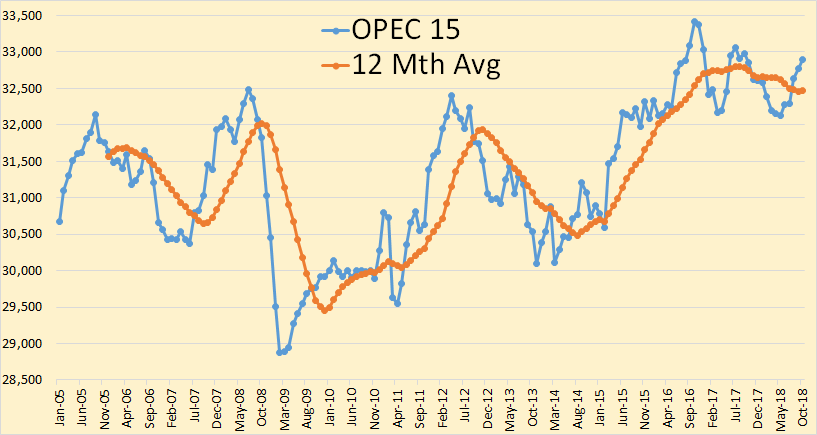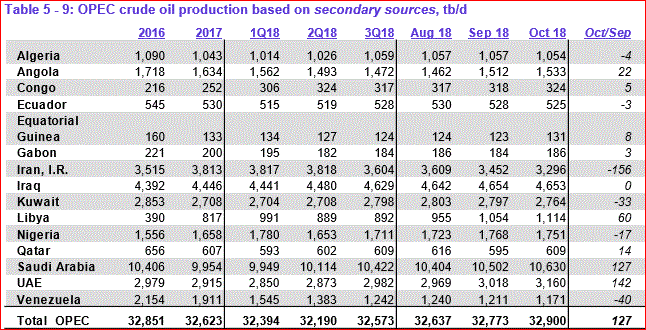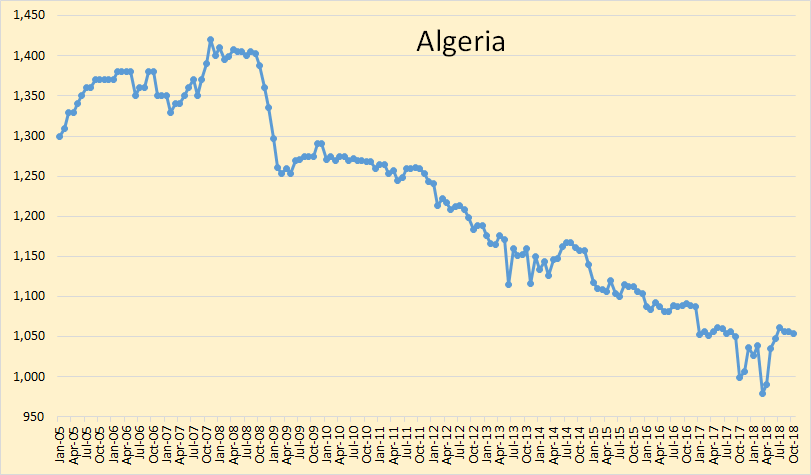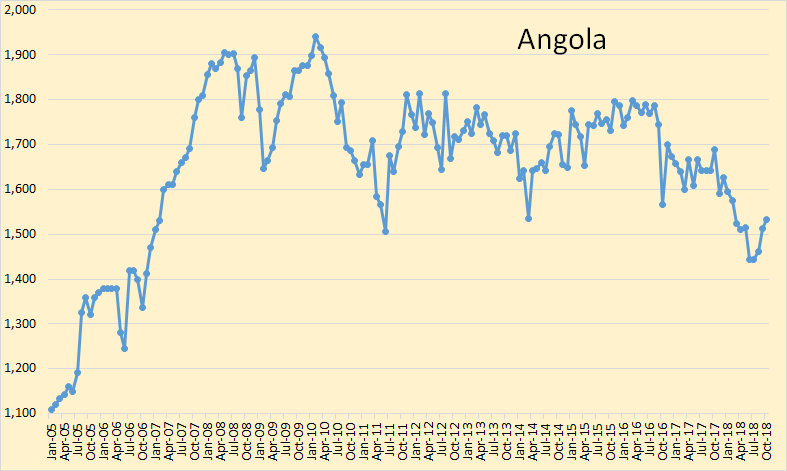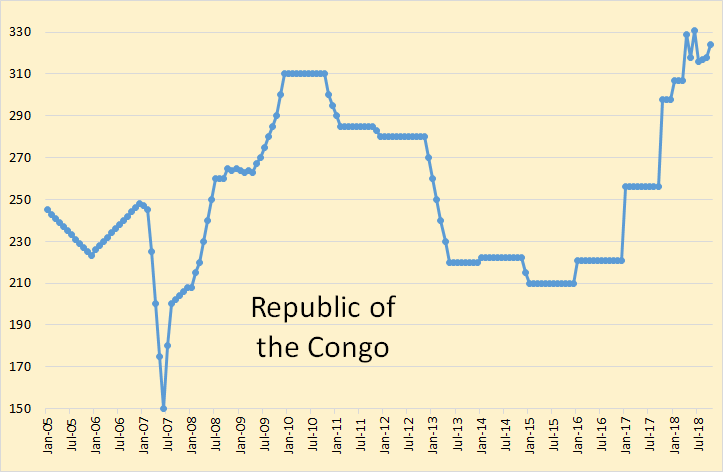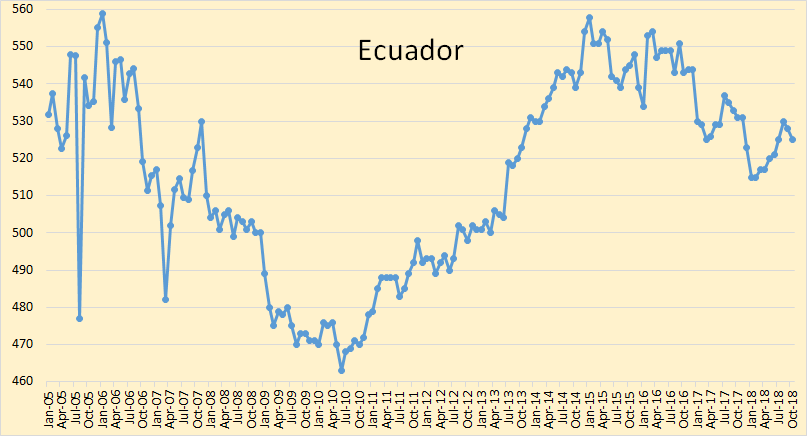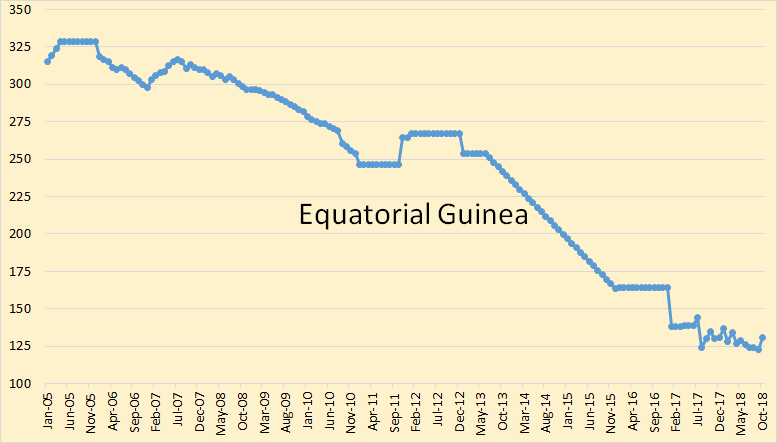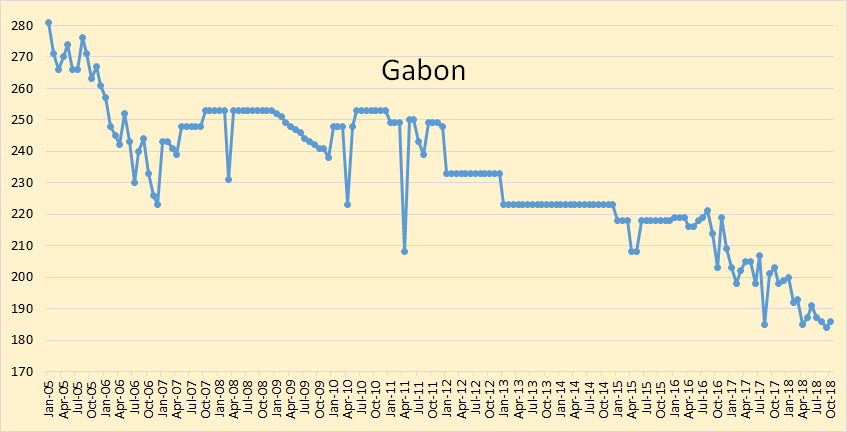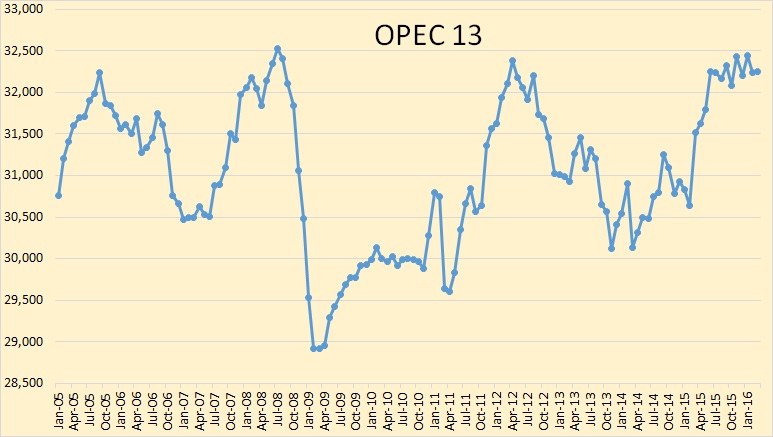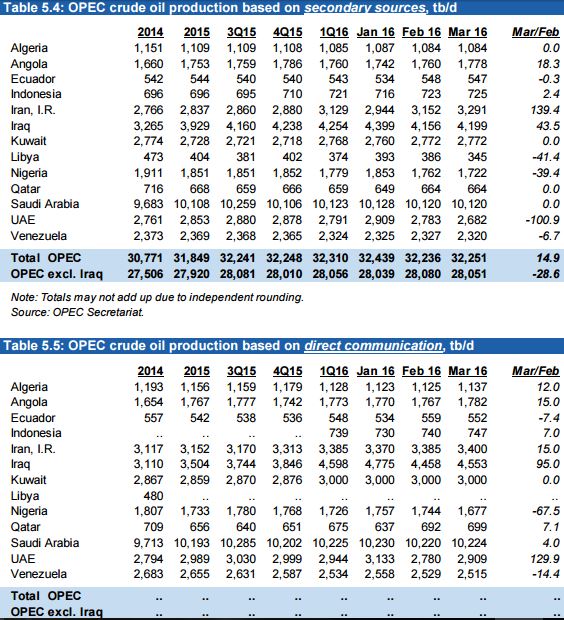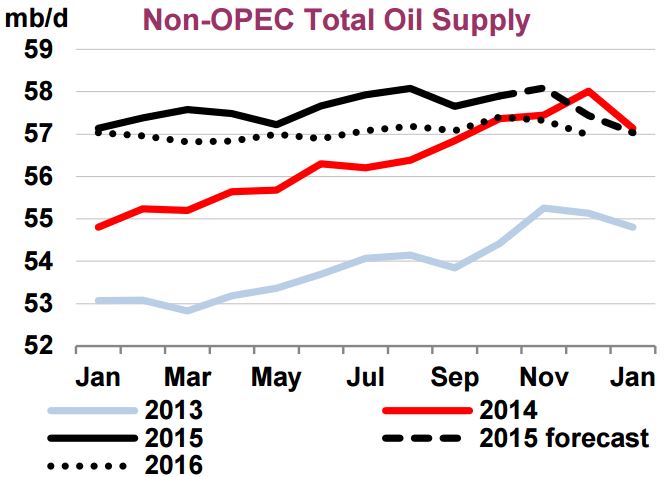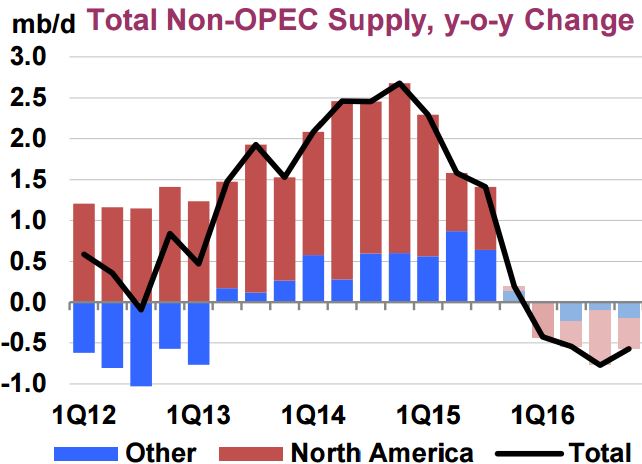Back in 2014, U.S. shale production was growing so fast that it ended up crashing the market. Now, history could be repeating itself.
That was the warning from the International Energy Agency, which said in its latest Oil Market Report that a “second wave” of shale supply threatens another downturn.
Total global oil supply is expected to grow faster than demand this year, which could lead to another downturn. It’s a conclusion that the IEA tried to emphasize in previous reports, but the message finally seems to be sinking in.
The extraordinary run up in benchmark prices in December and January came to a startling end two weeks ago. Part of the reason was because of the broader market turmoil in equities, and part of it was because hedge funds and other money managers had overbought oil futures, exposing the market to a price correction.
But as the IEA notes, the real worry is rising oil supply, which means that “the underlying oil market fundamentals in the early part of 2018 look less supportive for prices.”
It isn’t all bad news for benchmark prices. The IEA noted that due to the OPEC production cuts and strong demand, inventories fell at a remarkable rate last year. The oil inventory surplus currently stands at about 52 million barrels above the five-year average, down sharply from 264 million barrels a year ago. Importantly, while crude oil inventories are closing in on the five-year average, total stocks of gasoline and other refined products have already fallen well below that threshold. “With the surplus having shrunk so dramatically, the success of the output agreement might be close to hand,” the IEA wrote.

(Click to enlarge)
But even as the elusive “balance” in the oil market is within reach, the IEA says things might quickly reverse.
…click on the above link to read the rest of the article…
